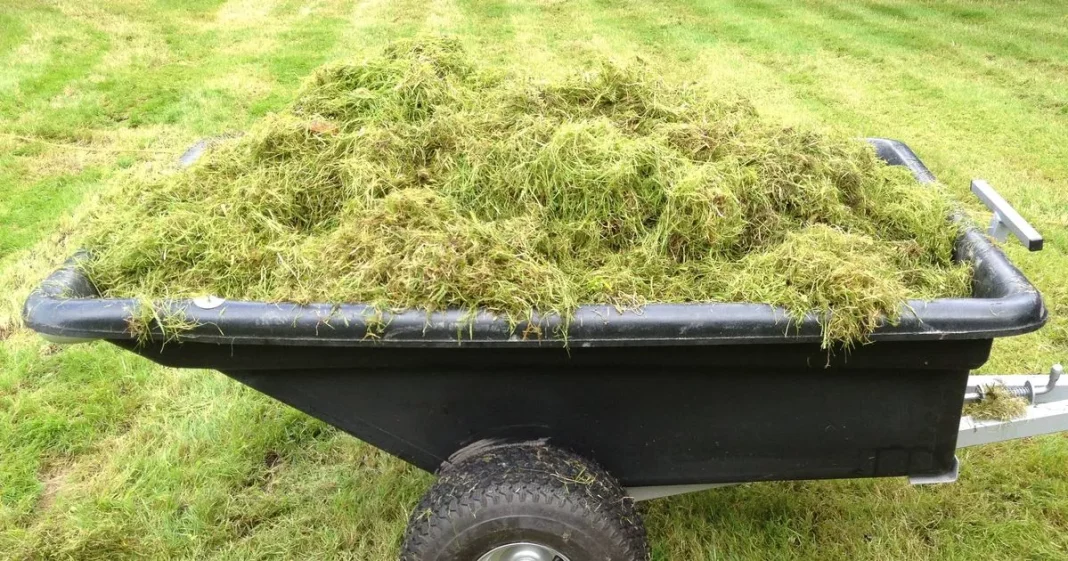The sunny weather is doing wonders for our lawns, keeping them lush and green. However, any pesky moss lurking around will find it tough to flourish. Unlike most plants, moss lacks roots, so common weed-killing tactics won’t do the trick to banish it.
Moss, that spongy nuisance, has an ability to steal all the nutrients, water, and sunlight meant for your grass, leading to a disappointing, patchy lawn. But fear not, because Rob from Taylor Weed Control has dished out some expert advice, claiming that zapping your lawn with the right feed can make moss removal a breeze.
Rob discusses the aversion moss has to iron-rich soil, noting: “Moss doesn’t fare well in iron-rich soil… which is great if you have high levels of iron in your soil.”
And for those not blessed with iron-laden dirt, he suggests: “For those who don’t – if you’re reading this, that probably includes you – giving your mossy tenant a dose of iron is a great way to ensure it has a rocky stay.”
A moss takeover often signals that the lawn is on the acidic side and crying out for some iron to aid photosynthesis. Skimping on iron can cause the grass to turn brittle and yellow, and worse still, leave it defenceless against drought when summer throws its heatwave party.
To treat your lawn and kick moss to the curb, iron sulphate comes highly recommended, reports the Express. It’s a marvel double-agent that destroys moss and nourishes grass, allowing it to rebound fuller and more vibrantly green.
Before you start tackling moss, it’s likely you’ll need to aerate your lawn. This simple process involves creating small holes in the grass to prevent the soil from becoming too compacted.
You’ll also need to scarify your lawn, which means using a rake to go over the grass and remove any thatch build-up on top of the lawn, stopping water and nutrients from reaching the grass.
Iron sulphate is brilliant at getting rid of moss, but if you don’t tackle what’s causing your lawn to become so acidic and waterlogged, then the moss will just grow back.
It’s best to apply iron sulphate when the grass is actively growing in early spring and may be depleted after the harsher and colder winter months.
Give your grass a good watering or apply it after it’s been raining, as the moisture will help dissolve the iron sulphate properly.
Avoid applying iron sulphate on a hot day, as the heat can cause the iron to burn the grass and stress the lawn out more.
Iron sulphate will cause the moss to turn brown and die within a few days, and the nutrient boost will help you get a lawn that stays healthy throughout the warmer seasons.
At Reach and across our entities we and our partners use information collected through cookies and other identifiers from your device to improve experience on our site, analyse how it is used and to show personalised advertising. You can opt out of the sale or sharing of your data, at any time clicking the “Do Not Sell or Share my Data” button at the bottom of the webpage. Please note that your preferences are browser specific. Use of our website and any of our services represents your acceptance of the use of cookies and consent to the practices described in our Privacy Notice and Cookie Notice.






